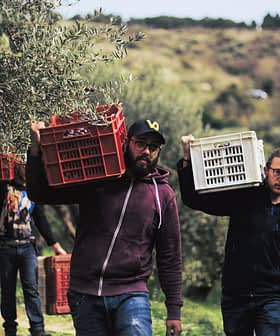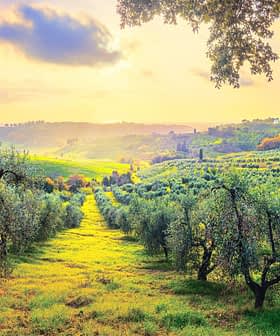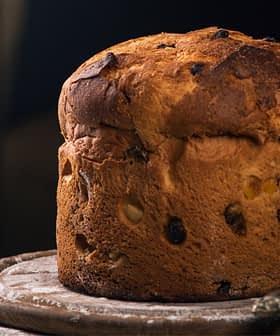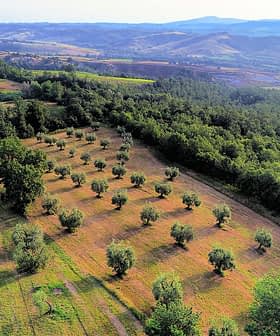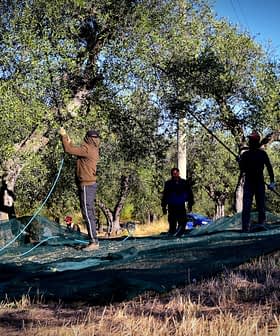Award-Winning Producer Says Croatians Need to Return to Their Traditional Roots
After climate change wreaked havoc on the 2021 harvest, one of Croatia’s leading producers believes the olive farming paradigm in the country must change.
 Ivica Vlatković - Stara maslina
Ivica Vlatković - Stara maslina Producers and officials met in Split to discuss climate change and olive growing, with Ivica Vlatković emphasizing the need to revitalize olive groves and encourage seedling production on seedbeds rather than on vegetatively grown rootstocks. Vlatković suggested that using generatively grown rootstocks from seeds would lead to more stable yields and less dependence on irrigation, compared to vegetatively grown rootstocks propagated by cuttings.
Producers and officials recently met in the southern Croatian city of Split to discuss the impacts of climate change and modern olive growing.
Ivica Vlatković, the president of the Zadar County Olive Growers Association and an award-winning producer, was one of the key speakers at the event.
Trees that sprout from seeds develop a larger structural root… Vegetative ones do not have that main structural root. That is why they are less resistant to drought and strong winds.
While almost all participants, including Croatian Minister of Agriculture Marija Vuckovic, talked mostly about irrigation, Vlatković highlighted the need to revitalize neglected olive groves and encourage the production of seedlings on seedbeds (seed rootstocks), instead of on vegetatively grown rootstocks propagated by cuttings.
See Also:As the Harvest Gets Underway in Croatia, Officials Provide Safety Tips to Farmers“These seed rootstocks from wild olives are more durable and better able to withstand drought during the development of the olives,” he said. “After a few years of planting on skeletal soils, they can withstand droughts, but also gusts of wind, which will not easily uproot or upset them.
Unfortunately, most of the plants and seedlings in Croatian olive growing are done via vegetatively grown rootstocks propagated by cuttings.
According to Vlatković, such substrates are “a cat in a bag,” meaning they are unpredictable. Primarily due to the formation of a shallow root system, future trees are dependent on surface water.
Additionally, when the canopy develops, these trees are more likely to be damaged in places where high winds are common.
Vlatković’s thesis is also confirmed by the successful olive grower Borislav Bore Pedić, who has more than 300 olive trees at four locations in Ravni Kotari, a large agricultural region in northern Dalmatia.
At one of the locations in Pridraza, he planted about 50 seedlings grafted to wild trees 20 years ago.
“It happened by accident, and it turned out well,” Bore Pedić said. “Here, for example, one year the wind uprooted nine of the 11 Cypress trees at the same location, and none of those were grafted from wild trees.”
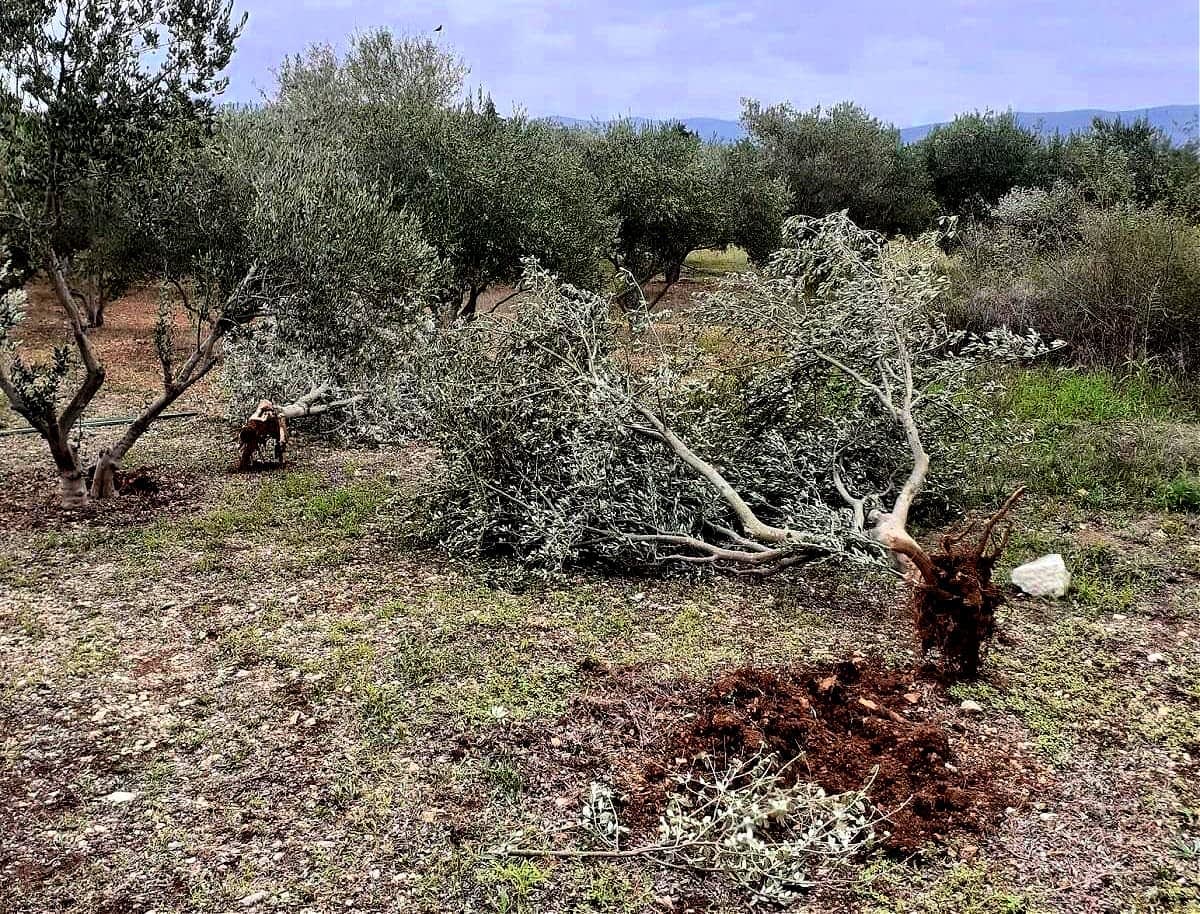
Olive trees were blown over during wind storms in Croatia earlier this year.
“Trees that sprout from seeds develop a larger structural root, which goes deeper into the ground,” he added. “Vegetative ones, produced from cuttings, do not have that main structural root. That is why they are less resistant to drought and, especially, to strong winds.”
The problem of shallow roots is especially pronounced when olives are planted without expert supervision and in shallower skeletal soils. The trees develop less, are prone to irregular fertility and are more susceptible to drought.
They also are prone to disease because they do not develop symbiosis with arbuscular mycorrhiza in the roots, which helps them absorb nutrients and get rid of excess carbon atoms that olives take from the atmosphere for photosynthesis and carbohydrate production.
“These substrates are faster and easier to grow and produce,” Vlatković said. “They are cheaper and that is why they have flooded us. In droughts and spring frosts like this year, they have no chance, and that is best seen now.”
One alternative to grafting trees with vegetatively grown rootstocks propagated by cuttings could be to rehabilitate Croatia’s older olive groves.
“On the one hand, we are clearing forests and grinding rocky soils to form permanent water-dependent plantations,” Vlatković said. “On the other hand, we are not revitalizing already long-cultivated olives, planted on fertile soil by our grandfathers.”
He added that he revitalized all his olive groves, including many trees that are 100 years old and boast thick roots to protect the trees from wind and take in plenty of nutrients from the soil.
Vlatković acknowledged he owes his success to the generations of Novigrad farmers who planted the olive trees long before him. He has also used the trees to graft new varieties, such as Pisholen marocca, Ascolane, Nocelare and Chamlala.

Ivica Vlatković
Vlatković said all of these trees provide him with a regular yield and contribute to his olive oil quality.
Among the 500 trees, one grew spontaneously and naturally from a seedling. He calls the tree a miraculous olive. It ripens the earliest and it is ready for harvest on October 1.
Each year, the tree produces colorful fruits the size of Oblica olives a month before that variety is ready to harvest.
Vlatković claimed that substrates from old Oblica trees are as good as substrates from wild olive trees. Like any good substrate, it will require less irrigation, is likely to be more fertile and resistant to environmental stressors.
However, there are a number of obstacles facing the widespread revitalization of the Adriatic region’s old olive groves. Vlatković said all seven countries in the region would need to compare agricultural incentive programs with a local cadastral, or property map.
In Croatia, the cadastral shows the size of the property lot, what lands are dedicated to agriculture and what crops are planted there.
By comparing the agricultural incentive programs and the cadastral, it is possible to see what the original agricultural purpose of the plot was and whether there may be an old olive grove.
When hectares of county olive groves that are not cultivated are found, plans to revitalize the grove can be made depending on its layout and size. Vlatković said that revitalizing the groves in this systematic way would have a number of benefits.
First, many of these abandoned groves have young olive trees that are stable with branched root systems. Unlike many of their cultivated counterparts, these trees are not as dependent on irrigation and will better withstand drought in the future and give stable and good yields.
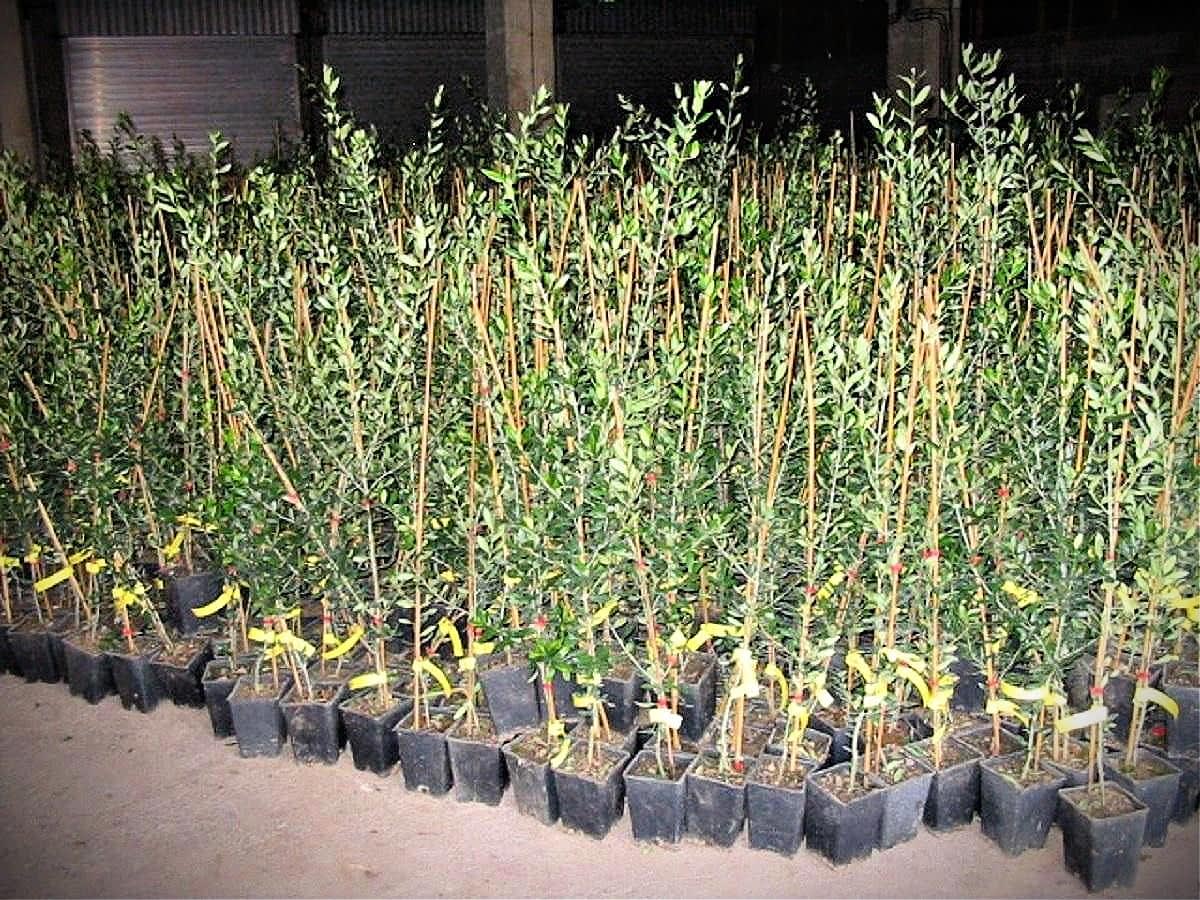
Seed rootstocks from wild olives are more durable than vegetatively grown rootstocks propagated by cuttings.
The trees also come to fruition faster than new plantings, especially during dry years. Furthermore, if the groves are insured, the wild trees are more cost-effective per cubic meter in droughts.
Second, the revitalization of the groves would help control pests in the area by eliminating a natural reservoir for them to breed. The neglected trees give a meager yield every year, but provide plenty of shelter and nutrients for pests.
Along with serving as a reservoir for pests, Vlatković said the neglected groves also serve as a tinder box and would facilitate the spread of wildfires should one start in the area.
Encouraged by his presentation at a panel in Split, Minister of Agriculture Vučković said she would announce a tender for funds from the Rural Development Program for nurseries and seedlings.
“The Minister mentioned that the ministry has announced a tender for the first nursery that would deal with the production of seedbeds, and that is to be commended, although I think it should have been done much earlier,” Vlatković said.
However, he needs to see the results of this commitment before he celebrates. The suggestion has previously been brought to the ministry, but nothing came of it.
Along with revitalizing olive groves and keeping more closely recording the state of the country’s groves, Vlatković thinks all future plantings of permanent crops should be done with seedlings (generatively grown rootstocks from seeds) instead of vegetatively grown rootstocks propagated by cuttings.
In a few years, he argued that farmers would begin to see the benefits of growing olive trees in this way. Vlatković said there would be more stable yields without large oscillations.
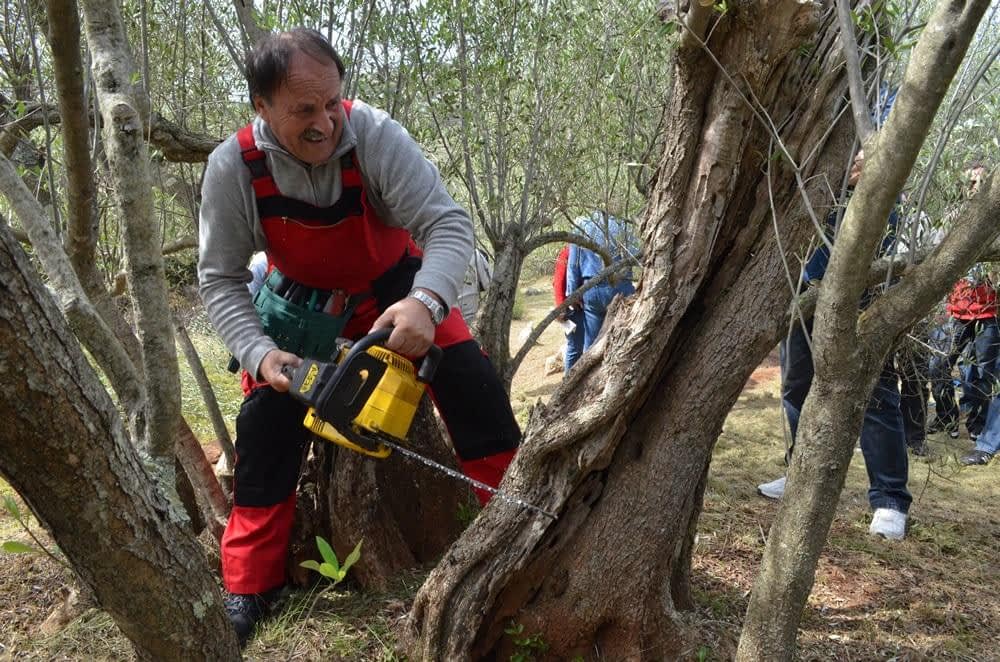
Revitalizing olive trees in Croatia
He said the system of national and local incentives for farmers could also be changed to provide financing for generatively grown rootstocks from seeds instead of expensive irrigation systems.
This was also confirmed by Marinko Galiot, head of the Unit for the Implementation of the National Program for Irrigation and Management of Agricultural Land and Waters, in Hrvatske vode.
“In the last 15 years, we have provided irrigation to over 30,000 hectares. This is still small, since the program plan was to irrigate 65,000 hectares by 2020, which we did not achieve,” Galiot said. “The problem is the end-user, person or company, who is interested because our users are not willing to invest in irrigation.”
Vlatković said that by making this fundamental change to olive growing, Croatian farmers will be in a better position in the future.
He concluded that by making these changes, farmers would avoid large disparities in the natural alternate bearing cycle of the olive tree and avoid harvests such as the current one in which many parts of the country expect extremely low yields or none at all.
Share this article


